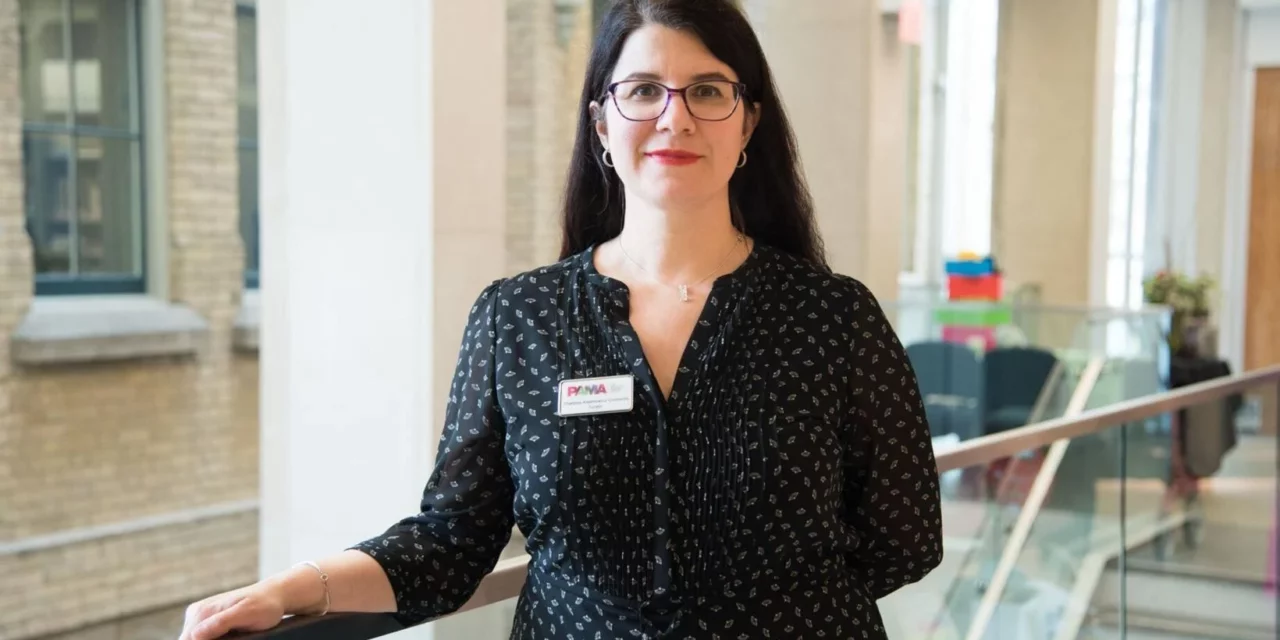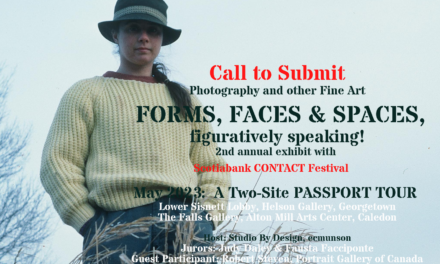By Alexandra Shimo. Brampton Guardian. Monday, March 20, 2023
The new exhibition will showcase Indigenous and non-Indigenous artists
“A new exhibition at the Peel Art Gallery Museum and Archives aims to change visitor’s understanding of the Peel region.
The new exhibit will open on July 1 and will showcase prominent Indigenous and non-Indigenous artists who have focused on bringing the Peel region into Canadian consciousness.
Yours to Discover: Sights/Sites of Peel Region will exhibit many artists, including Caroline Smith Crawford, Thomas Stone, James Beaver, Stuart Clifford Shaw, George Paginton, Gary Spearin, and Sara Angelucci. The show will be curated by Sharona Adamowicz-Clements.
“What the exhibition means to do is to bring together a collection that speaks to particular landscapes specific to Peel region, which will be in Caledon, Brampton and Mississauga and look at them from a variety of media,” Adamowicz-Clements said.
Many of the works look at how a particular site has changed, explained Adamowicz-Clements. For example, the oil painting The Deagle Power Plant, Cataract Falls, Caledon Township, Peel County by Haudenosaunee artist James Beaver explores how the landscape changed with the introduction of hydroelectric power from the nearby falls.
The photograph Badlands by Mark Kasumovic invites viewers to witness the environmental degradation of the land that has happened to this site in Cheltenham, which is now closed to the public, although people can view it from nearby.
Peel region has been home to many First Nations, including the Mississaugas of the Credit, the Anishinabek, Huron-Wendat, Haudenosaunee, and Ojibway/Chippewa peoples. This exhibit focuses on Indigenous and non-Indigenous artists who have helped bring the region to wider consciousness.
The exhibit will be part of the permanent rotating exhibition. The new show will not cost extra and is included in the price of general admission.
“We want a larger audience to come and enjoy the beautiful places of the region and maybe also reflect on how the landscape has changed,” said Adamowitz-Clements.
“So it has a universal appeal, but we really are hoping to attract our local audiences so that they could engage with the work and reflect about time and how they are connected to this place they call their own.””





























